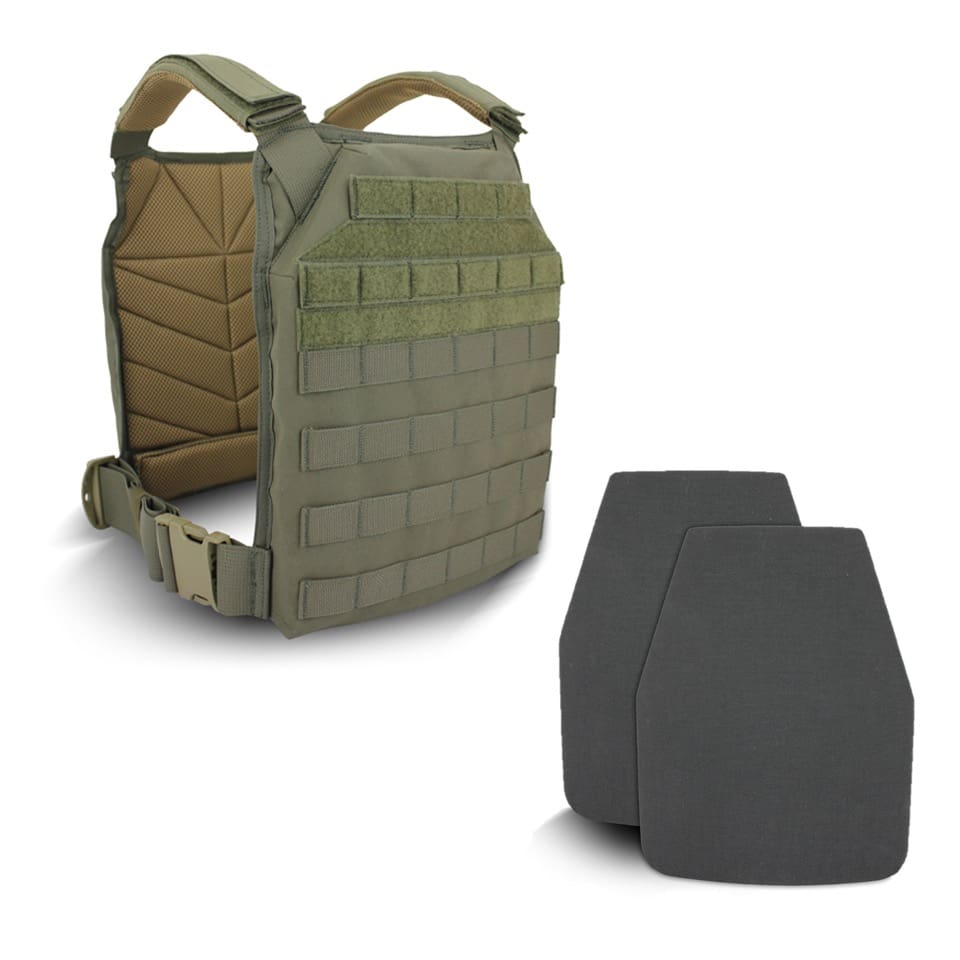This week we are going to give you an update on a great FirstSpear product, the Overlap Cummerbund. Its rapid adoption among State and Federal Law Enforcement agencies along with positive customer feedback has pushed FirstSpear to incorporate the Overlap Cummerbund as the new standard cummerbund on flagship plate carriers like the Strandhögg and Assaulter Armor Carrier.
Originally, developed at the request of a FS Professional User, the Overlap Cummerbund is designed to provide additional overlapping soft armor at the front side of the plate carrier where the Tubes closure system meets. The additional soft armor tucks in behind the Tubes allowing full opening and closing of the vest.
The Overlap Cummerbund has been modified so that the body side allows for the attachment of Ragnar Pockets. This means that magazines and other items can be held in close to the body, providing a more streamlined silhouette, a benefit to users who are working in or from a vehicle, conducting tubular assaults, or who simply wish to carry more magazines than a traditional front loading carrier would allow.
Features:
-Soft armor inserts extend behind the tube and overlap the body of the plate carrier, while still allowing full functionality of the Tube system.
-Body side of cummerbund now has loop allowing you to attach pockets from the Ragnar Pocket Suite (our full Velcro backed pockets)
-The back bungee cord has been replaced with Velcro and stretch material.










